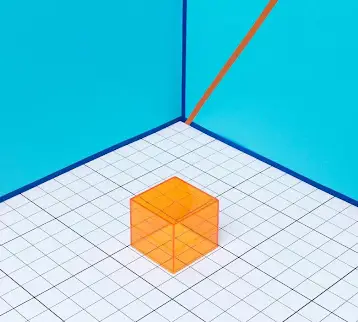|
The brain consists of neurons, which work by transmitting electrical (as well as chemical) signals. Neurological research has shown that different brainwave patterns indicate different emotional states, such as awareness, a meditative state or drowsiness. These waves are recognized by the device, which measures them and concludes what command should be performed. Each distinguishable combination of brainwaves triggers an execution of the appropriate algorithm. For example, brainwaves which indicate a high level of concentration, while a specific object is selected on the screen, cause the object to levitate.
These games were presented at a recent Cool Product Expo at Stanford University. The team from “NeuroSky” said they used a medical device in order to gain necessary information about the brainwaves, and turned it into a consumer gadget.Their invention is able to detect commands of facial movements such as smiles or winks, as well as commands coming from detected emotional states through brain signals. The presented application was combined with a video game, in which the player controls the movements of certain objects on the screen by the brainwaves he generates. The presented game showed the concentration level of the user who performed the appropriate commands in the game. A player can order objects to move slower or faster, to levitate objects higher or lower – but in order to succeed in playing the game, users have to spend some time practicing.
The device, constructed by “NeuroSky”, contains a single electrode, thus allowing the whole application to fit into a cellular phone. Stanley Yang, CEO of the company, said that his company expects to shrink the product to a size of a thumbnail, so that the consumers will be able to wear it comfortably. The price of NeuroSky’s smart “mind-reader” is expected to be approximately 20$.
“Emotiv” is another company developing systems that convert electrical signals emitted by the brain into actions on a computer. Like NeuroSky, they have developed a system that can distinguish user’s emotions and convert the collected data into actual commands. In a simulation, which ran on the “Harry Potter and the Goblet of Fire” game, players were shown to cast spells and move items using their brain. The company is looking forward to presenting its products on the market as early as 2008.
Both NeuroSky’s and Emotiv’s products include a headset equipped with static electrodes – this is all it takes to monitor your brain activity. However, several problems arise: the headset might need a customized scheme of electrode locations for each player, as some details of the brain structure may differ between people. In addition, the system is highly sensitive, and therefore there is a significant difficulty in gaining full control of the game, achieved at a perfect 100% concentration from the player.
Brainwaves have been used in medical research and therapy for years. The products developed by Emotiv and NeuroSky are drawing the attention of many institutions; NASA hopes to use the system in order to help astronauts handle delicate objects and perform tasks that currently require the use of special bulky gloves. The inventions can also be helpful to the handicapped and the elderly. While many see the future of this technology in consumer electronics, health and education industries also seem to be important markets.
So, Harry Potter’s magic spells don’t seem so unreasonable now, do they?
More information on these amazing technologies can be found on Neurosky website (videos can be found here and here) and Emotiv website.











